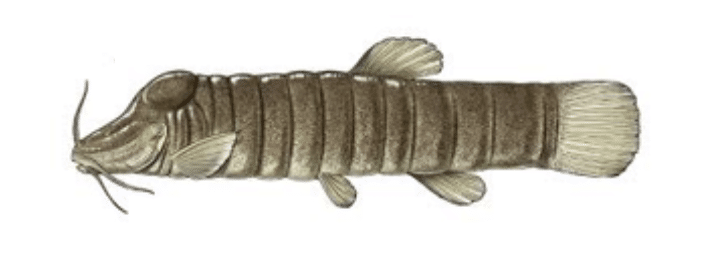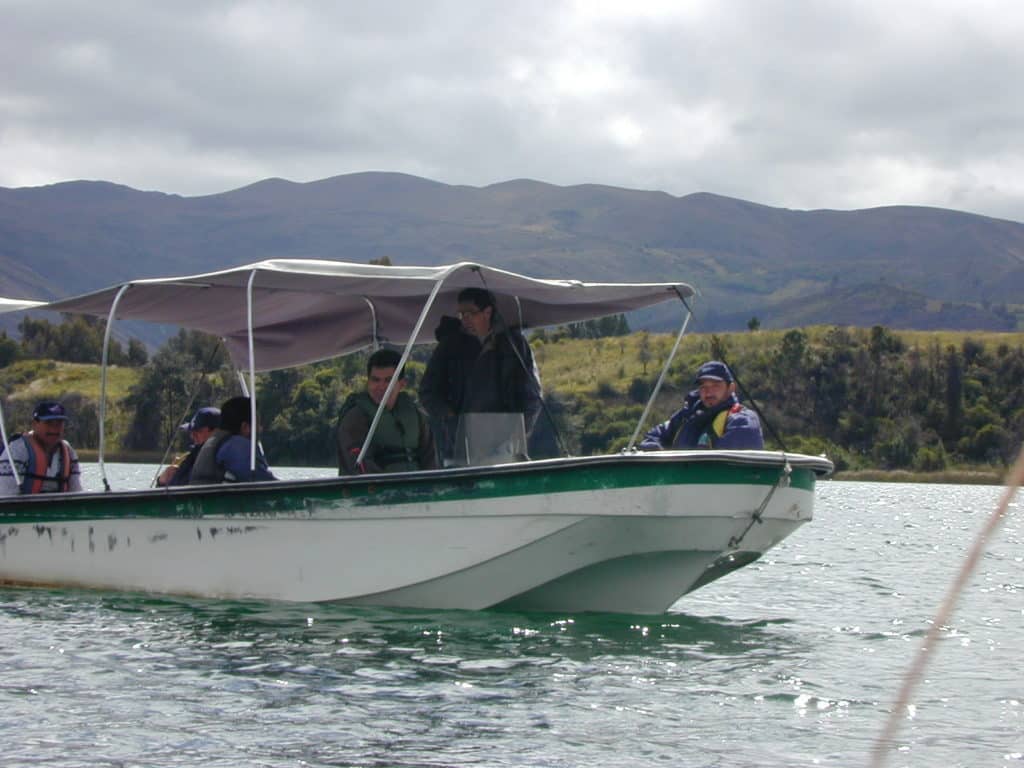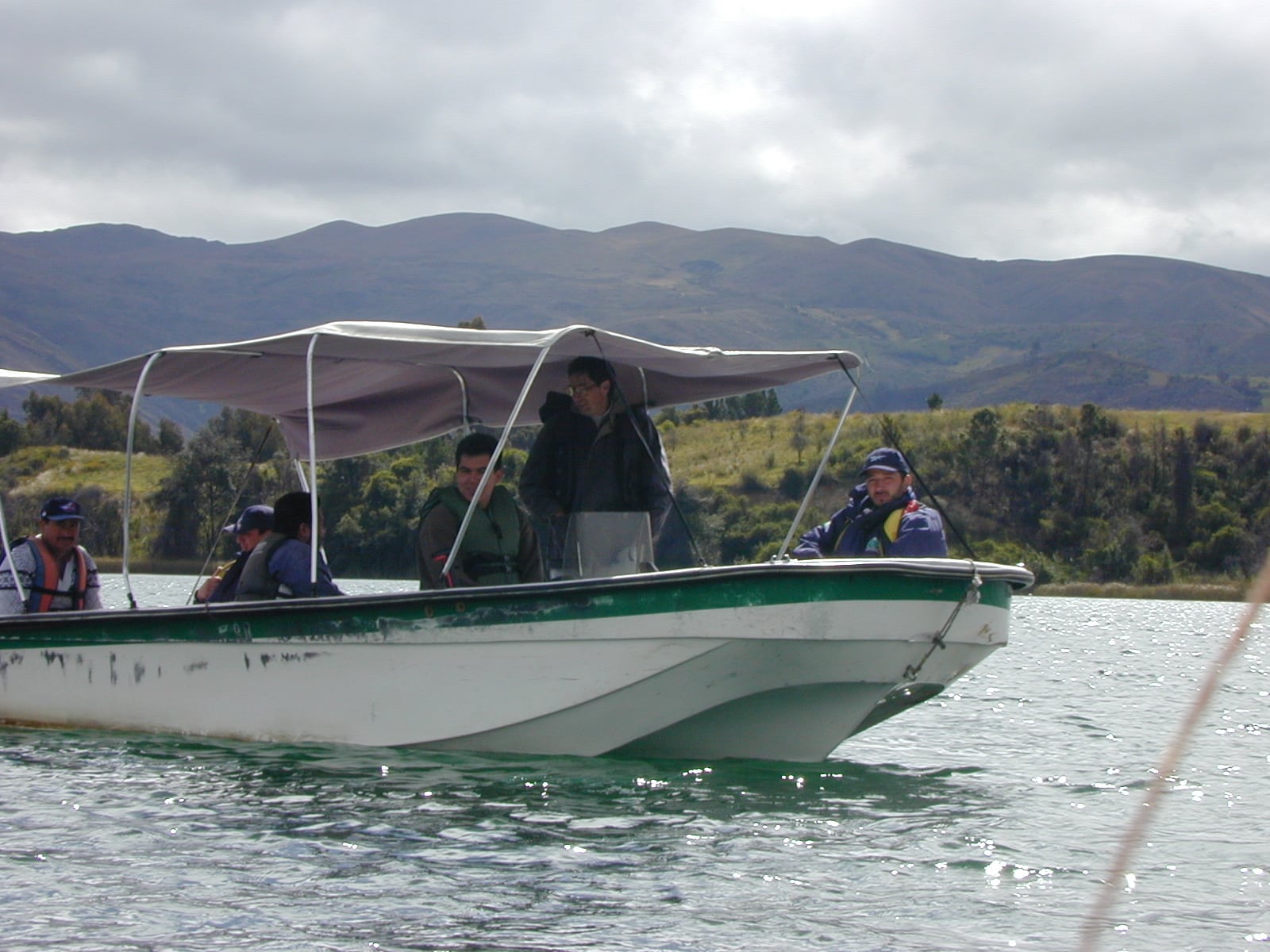What do an Iraqi shrine and a lake where Pablo Escobar once had a cocaine factory have in common?
On June 9th, Shoal launched their flagship campaign Search for the Lost Fishes with their partners Re:wild, with an initial Top 10 Most Wanted species. Two of those species have historically been found in Lake Tota, site of the former cocaine manufacturing plant, and an underground cavern beneath the Sheik Hadid Shrine near Haditha, Iraq.
What makes a fish species lost? The campaign stipulates that an observation of the species hasn’t been recorded in at least a decade, but the species has not yet been listed by the IUCN Red List as Extinct. There are good reasons to believe these species are still out there, so Shoal aims to help find them so they may install a conservation programme and give them a second chance at survival.
The IUCN-SSC Freshwater Fish Specialist Group identified an initial master list of more than 300 freshwater fish considered lost species, and the initial Top 10 Most Wanted will kickstart a multi-year conservation campaign for Shoal and Re:wild.
These ten species range from locations around the world – from Colombia to Madagascar, from Vietnam to Papua New Guinea. Shoal will encourage expedition teams to work with local communities and experts to search habitats where the fish have previously been recorded, including some of the planet’s most far-flung freshwaters.

A view of Lake Tota in Columbia, which may be home to one of the Top 10 Most Wanted Lost Fish. Image credit: Dr. Ian Harrison
But this is about much more than the expeditions Shoal is directly involved in: we’re calling on others to join the search and conduct their own expeditions to try and find these Lost Fishes. With expert input from Re:wild, we will publicise people’s stories of rediscovery and as part of this shared campaign of hope and adventure.
“The Search for Lost Fishes campaign is incredibly exciting,” said Mike Baltzer, executive director of Shoal. “While the project is driven by science and is aimed to give these species the best possible chance of survival, it also has a strong element of mystery and adventure about it. These species have amazing backstories and are still much loved by the local people. They are just as keen to find them as we are. Working with the local partners is a true highlight of the project”.
The first Lost Fishes expedition will be for the fat catfish. Shoal has secured initial funding for the search, which is planned to start in in Colombia over the coming weeks. The expedition team will sample the water of Lake Tota, using environmental DNA (eDNA) methods to detect traces of DNA left by the fat catfish. If the eDNA sampling comes back positive, conservationists will have strong evidence that the fish still survives somewhere nearby. The next step, if DNA is found, will be to refine the search based on the location of the detected eDNA.
“If the fat catfish still survives, it will be one of the rarest fish in the world,” said Dr. Barney Long, senior director of conservation strategies at Re:wild. “There have only ever been 10 specimens found, so if the expedition does find the fat catfish, it would be hugely exciting. One question may finally get answered: why is it so fat? There is no other fish in the world like it and it has been one of the mysteries of itchyology for years”.

An illustration of the first Lost Fish that the expedition team is seeking: the mysteriously fat Rhyzosomichthys totae, or fat catfish.
Recent rediscoveries have fuelled hope that the species on the Top 10 Most Wanted Lost Fishes list will be found. The Dumbéa River pipefish was originally on the list, but a single sighting of the species in New Caledonia – recorded on the citizen science app iNaturalist – was recently confirmed by scientists. Damien Brouste, a naturalist and angler, became the first person with a confirmed sighting of the species in over a decade.
Valentin de Mazancourt, associate researcher at the French Museum of Natural History, verified Damien’s iNaturalist observation. “As an avid user of iNaturalist and a hydrobiologist, I am always happy to help identifying observations of freshwater animals, and this observation got me really excited, being a rare and endemic species that researchers from my lab are especially interested in. It’s always great to obtain such new data on these rare species and iNaturalist is an amazing tool for this, as well as a great opportunity to get people involved in our research.”
All things being well, some of these other elusive Lost Fish will be rediscovered. And, when they are, the real work of helping bring them back from the brink of extinction will begin.
Shoal and Re:wild are asking anyone to contact them if they can sponsor or partner to undertake the expeditions and establish the vital conservation action any surviving lost fishes need.

A boat surveys Lake Tota for signs of the fat catfish on an older expedition in 1999. Image credit: Dr. Ian Harrison.


